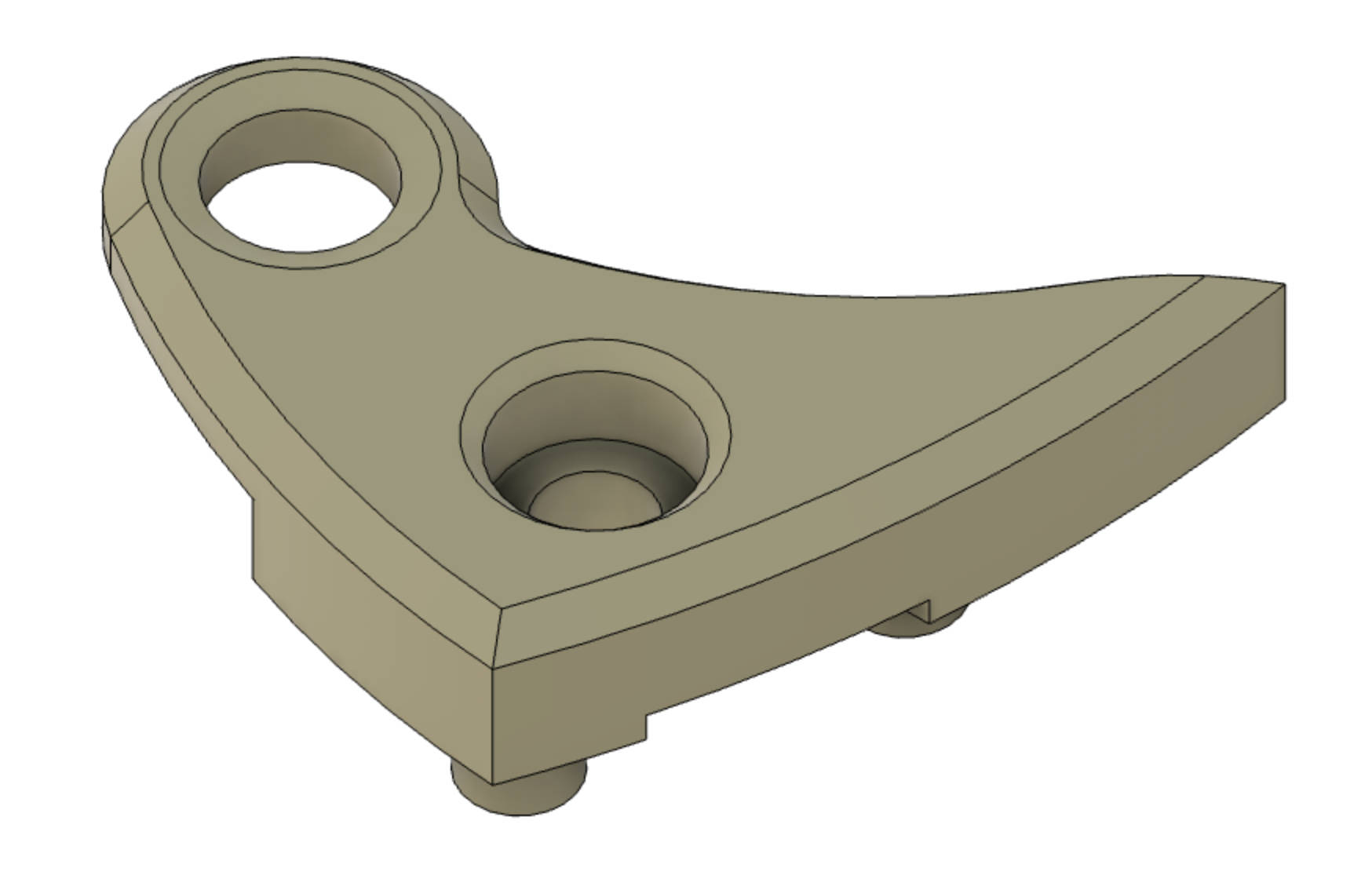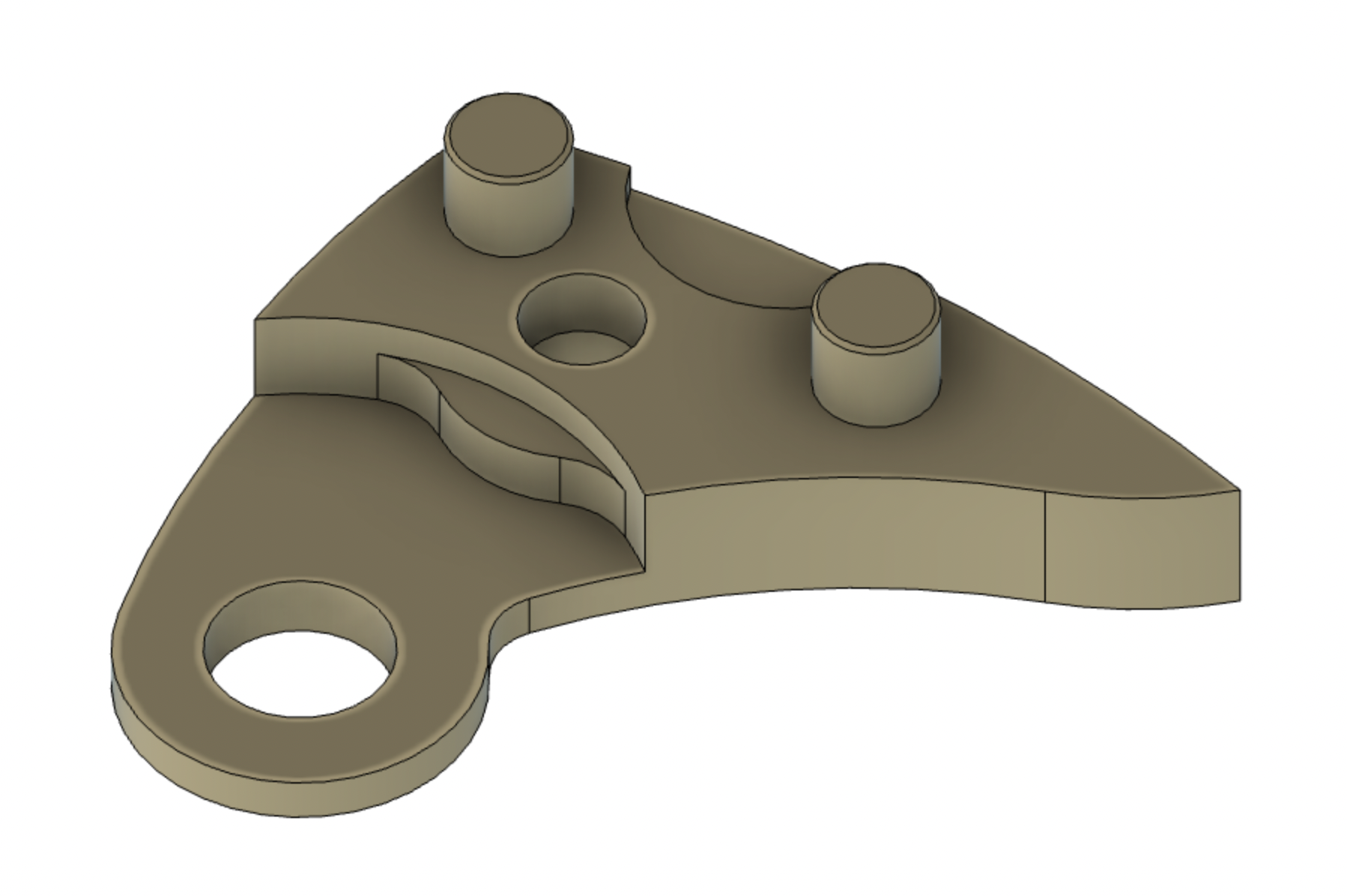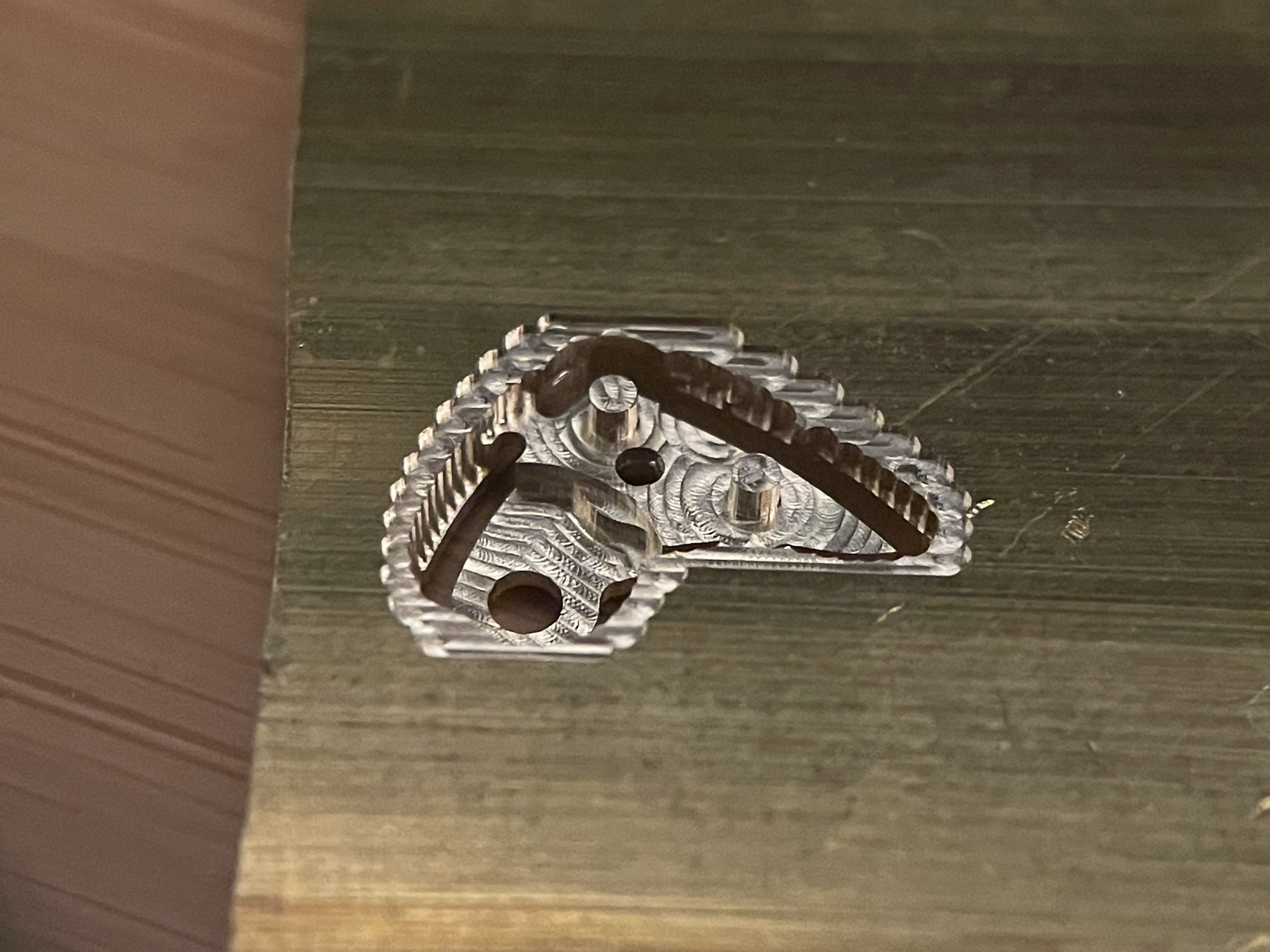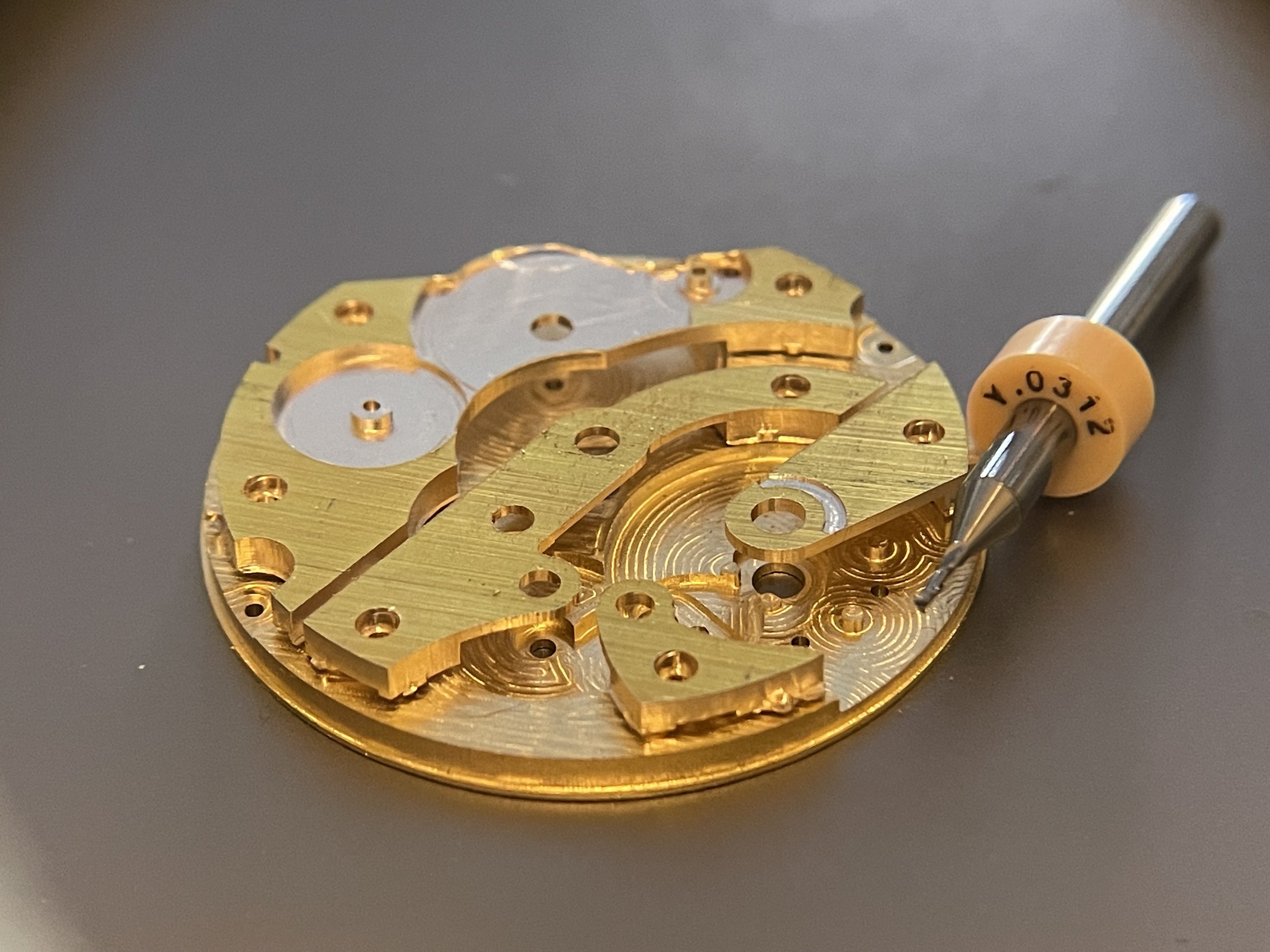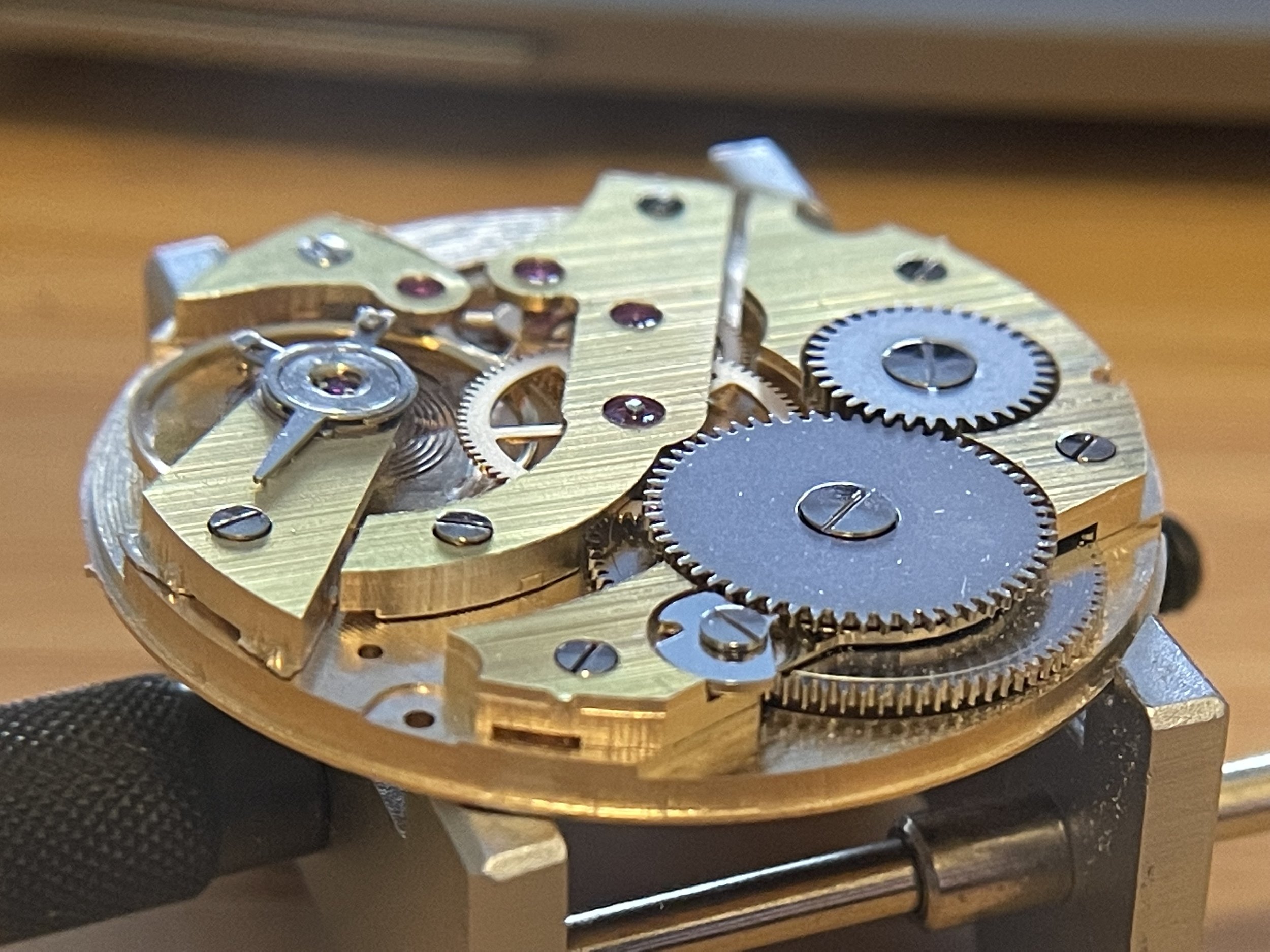Pushing the Limits of Watchmaking with CNC Machining
Since launching the Bantam Tools Desktop CNC Milling Machine, we’ve had a number of watchmakers reach out to ask whether our machine would be a good fit for making watch movements and other components. To answer this question to the fullest, we reconnected with Nicholas Manousos, the executive director at the Horological Society of New York (HSNY). Nick brings an engineering approach to watchmaking. He’s equally obsessed with pushing the limits of watchmaking as he is with precision, so he’s the perfect person to weigh in on this question. For the past few months, Nick has been prototyping bridges and mainplates for a 6498 movement using the Bantam Tools Desktop CNC Milling Machine and dialing in his workflow along the way.
Nick started his career as a software engineer in Silicon Valley, building websites, apps, and more. But he knew he didn’t want to do that kind of work forever. Watchmaking appealed to Nick because it required an engineering mindset. “Watchmaking never gets boring. There’s always something new to learn,” Nick explains.
After some encouragement from his wife, he applied to various watchmaking schools around the U.S. and finally moved from San Francisco to Miami to begin his studies. It was a big change, but looking back at it now, he knows it was the right decision.
In watchmaking school, Nick started to study CNC machining and hone his skills. He enjoyed machining because of his previous work in software engineering, and he wanted to make parts for watches using a CNC mill or lathe. The problem? Many CNC machines and lathes take up a lot of space, and Nick and his wife have always been drawn to cities where space is scarce, like New York City, where they live now. But thanks to the Bantam Tools Desktop CNC Milling Machine’s small footprint, Nick has been able to build a capable workshop without much space.
Nick uses both the Bantam Tools Desktop CNC Milling Machine and Bantam Tools Desktop PCB Milling Machine in his home workshop.
Traditionally, watch movements have been made using just a lathe. A movement is the mechanism inside the watch case, which keeps the time. “It can be thought of like the engine of a car,” Nick explains. “Complicated, but essential for operation.” Because of their small size and the variety of parts, movements are very difficult to manufacture. It’s also difficult to estimate how long manufacturing a watch using traditional techniques would take from start to finish because it’s rarely done by one person alone. Instead, a number of people (or companies) are involved in manufacturing all of the individual parts needed to assemble a functioning mechanical watch. A very well-known modern-era watchmaker, George Daniels, was famous for being able to manufacture nearly 100% of his watches by himself, and he required about 2,500 hours to make one watch. Today, CNC machines like the Bantam Tools Desktop CNC Milling Machine speed up this process exponentially.
Additionally, Nick often hears watchmakers mention that a large, floor-standing CNC mill is necessary to achieve the precision needed for manufacturing bridges and mainplates. But he’s happy to report that this is definitely not true. “The Bantam Tools Desktop CNC Milling Machine delivers a high level of precision in a small package, making it a very capable mill for watchmakers,” he says.
For the past few months, he’s been working on manufacturing the bridges and mainplate for a mechanical movement using the Bantam Tools Desktop CNC Milling Machine. He utilized the existing parts in an ETA 6498 movement, meaning that he didn’t manufacture the barrel, gear train, escapement, balance wheel, hairspring, jewels, winding works, setting works, and screws. Instead, he focused entirely on the bridges and the mainplate. These components are relatively large in size compared to the other components, and they’re made from softer metals like brass. But while these components may seem “easier” to machine, they require very precise double-sided machining and tolerances to tenths of a millimeter. The bridges and mainplate are also the more artistic parts to make in a watch because their shapes and finish can be customized.
In order to achieve the level of precision required for mechanical watch bridges and mainplates, Nick used the Bantam Tools Desktop CNC Fixturing Pallet and Bantam Tools Desktop CNC Dowel Pin Set.
Here’s a general outline of the workflow he uses:
Cut a piece of flat bar stock to the rough size required.
Drill two holes into the stock to match the locations of holes in the fixturing pallet. The holes must be along the opposite axis, as compared to how the workpiece will be flipped. Place the holes along the Y-axis, then size the holes to be 6.04mm diameter, in order to achieve a tight friction fit with the 6mm diameter dowel pins.
Insert the dowel pins into the workpiece and then into the fixturing pallet.
Install a 1/8” probe.
Use the Bantam Tools Milling Machine Software’s Material Offset Probing Routines to find the position of the workpiece on the fixturing pallet.
Remove the workpiece.
Use the Bantam Tools software’s Bore Centerpoint Probing Routine to find the centerpoint of the lower hole.
Click the “Apply to All” button in the plan setup to copy the offset to both plans.
Reinstall the workpiece. Use appropriate clamps, such as strap clamps, to hold the workpiece in place.
Machine the first side.
Vacuum the mill, remove the workpiece, and flip over.
Machine the second side.
After multiple iterations, Nick is confident that this workflow will deliver double-sided precision equal to the precision of the probing routines that the Bantam Tools Milling Machine Software offers. While more complicated, he found this method to deliver the most precise results. The photos in this article show the movement without any finishing, directly from the mill. Nick and his team developed this movement for a future HSNY watchmaking class, and they’re excited to start teaching this work to other watchmakers, giving them the power to accurately machine precision parts.
About Nicholas Manousos
Nicholas Manousos is the Executive Director of the Horological Society of New York (HSNY) and editor for Hodinkee. HSNY is America’s first watchmaking guild and the third oldest watchmaking association in the world. HSNY was founded in 1866, and its lecture series is somewhat of a New York tradition. Today, HSNY functions as a 501(c)(3) nonprofit with a focus on education. The organization offers a lecture series, watchmaking classes, research library, and scholarships.
To see more of Nick’s work, follow him on Instagram.
At Bantam Tools, we build desktop CNC machines with professional reliability and precision to support world changers and skill builders. For the latest Bantam Tools news, sign up for our newsletter. If you’re interested in adding a Bantam Tools machine to your workflow you can order directly from our online store or request a quote.


